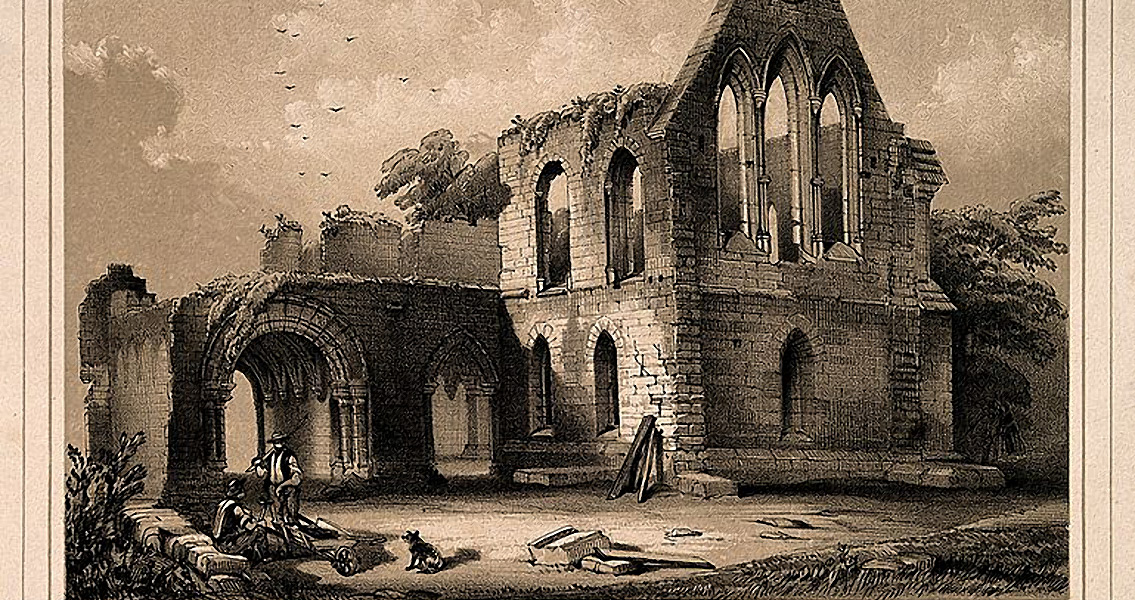<![CDATA[Renovations at the York Theatre Royal have brought to life remains from what is considered to have been the largest hospital in northern England in the Middle Ages. Researchers from the York Archaeology Trust were surprised by the well preserved state of the remains, as it was believed that whatever remained from St Leonard’s Hospital had been crushed beneath the floor of the theatre, which underwent a replacement at the beginning of the twentieth century, soon after the discovery of several column plinths and the foundations for the rib-vaulted ground floor of a building. The discovery of the plinths and foundations was made by George Benson, a historian and archaeologist, Culture 24 details, but were believed to have been destroyed, until in 1989 a research team unearthed two bays of a rib-vaulted roof at the site. However, it remained uncertain whether anything else had survived over the centuries, especially since the erection of the York Theatre Royal in 1744. The latest remains found in what are called occupation deposits beneath the building consist of six column plinths and the base of the northern wall of a building right beneath the theatre’s stalls. There is a lot of documentary evidence about St. Leonard’s Hospital, and the researchers are hopeful that they will be able to uncover more parts of one of the busiest hospitals in Medieval England and identify what they were used for. Parts of the hospital’s undercroft remain above the surface and can be visited from the Museum Gardens. St. Leonard’s Hospital was built over the remains of another hospital, St Peter’s, in 1137, after the initial building suffered a fire. It went on to become a completely self-sufficient (and profitable) complex for more than four centuries. Ben Reeves, from the York Archaeology Trust, told Culture 24 that documents from the time describe the hospital as a complex of separate buildings, including a leper house, an infirmary, a chapel, and a children’s ward, as well as a residential area for the monks and nuns who ran the hospital. The complex must have also included other structures such as kitchens and outbuildings. Examination of the occupation deposits in which this latest discovery was made could reveal which of the buildings used to be on the site of the York Theatre Royal. Reeves cautioned that such an examination would have to be combined with a dose of luck but added that having samples to examine at all was in itself valuable. Reeves went on to say that what makes the discovery extraordinary is the very fact of the remains’ survival. Occupation deposits are as a rule very fragile and seldom “survive modern groundworks,” he explained. St Leonard’s Hospital was almost entirely destroyed in 1539, during the Reformation, and the city of York had no hospital until 1740, according to the “History of York” website. Excavation works will now continue at the site of the York Theatre Royal with the researchers hoping to uncover more parts of the building that could provide some insight as to its function. For more information: http://www.boydellandbrewer.com/store/viewItem.asp?idProduct=14539 Image courtesy of Wikimedia Commons user: W. Monkhouse/ Wellcome Trust]]>
Renovation Works Reveal Medieval Hospital Remains in York
